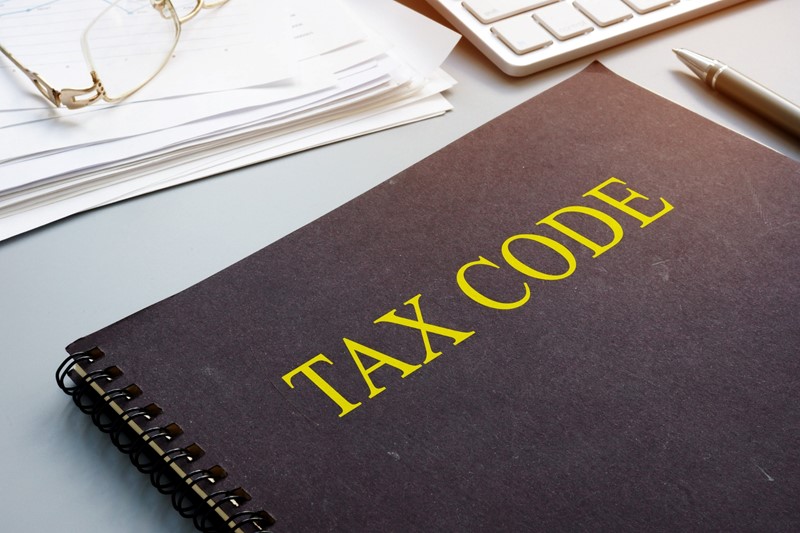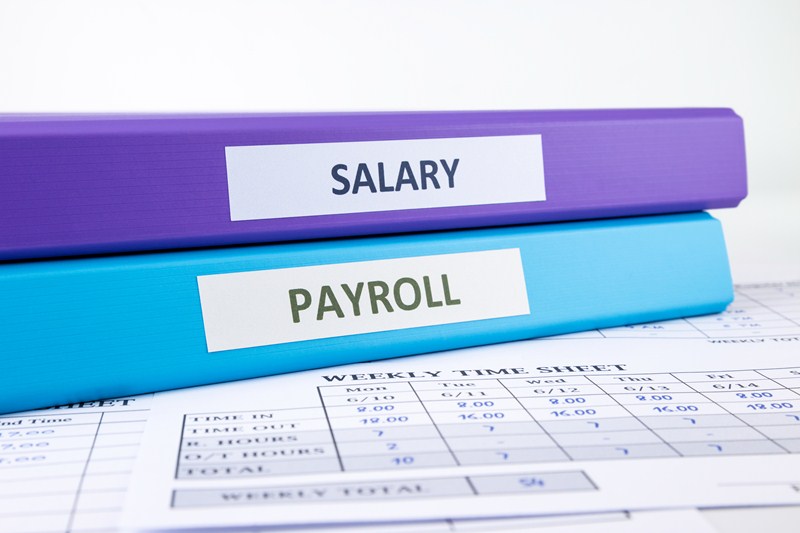Employers usually have to pay employees through PAYE if they earn £123 or more a week (£533 a month or £6,396 a year). There is no requirement to pay self-employed workers through PAYE.
HMRC’s guidance states that:
As a general rule, someone is:
- employed if they work for you and do not have any of the risks associated with running a business; and
- self-employed if they run their own business and are responsible for its success or failure.
There are specific rules for temporary or agency workers. Employers need to operate PAYE on temporary workers that they pay directly, as long as they’re classed as an employee. There is not usually a requirement to operate PAYE if a worker is paid by an agency, unless the agency is based abroad and does not have either a trading address or a representative in the UK.
Employers that take on a new employee need to work out which tax code and starter declaration to use in their payroll software. Incorrect tax codes can lead to the new employee paying more tax than is due.
The necessary information can be collected from the employee’s P45 or by asking the new employee to complete HMRC's starter checklist (if they do not have a recent P45 – this checklist replaced the P46).












